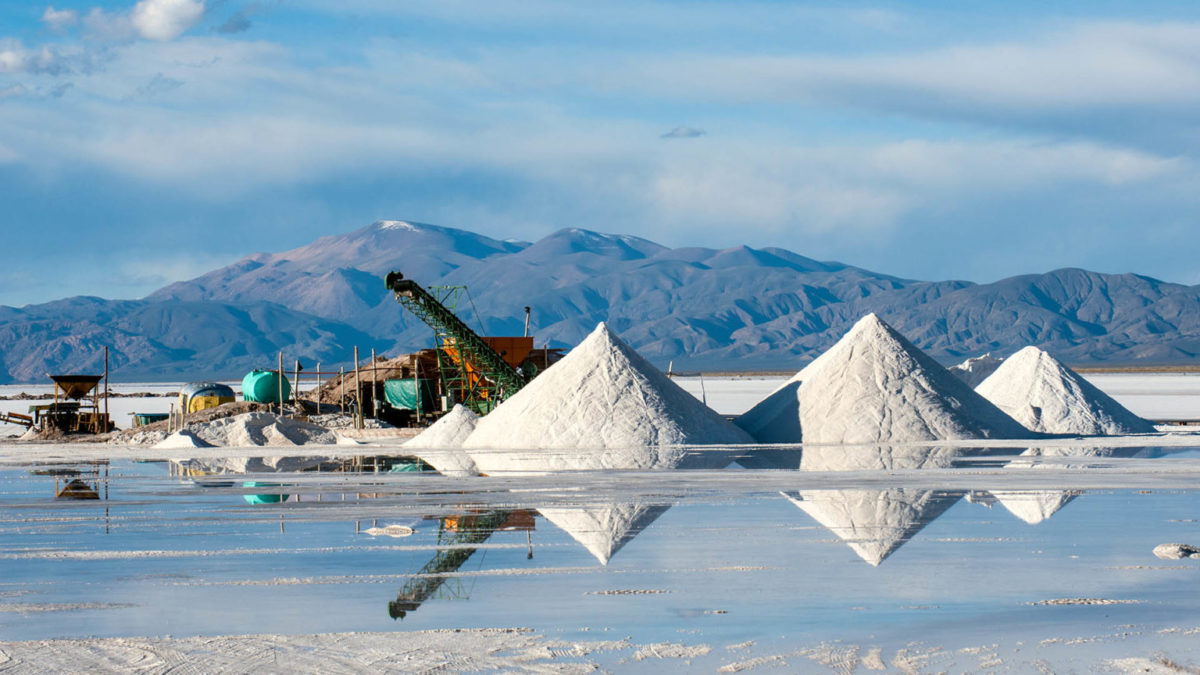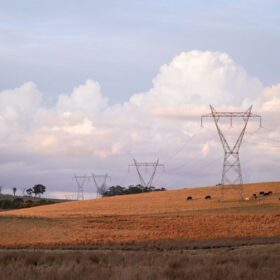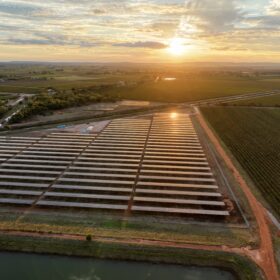From pv magazine Global
At the end of May, US investment bank Goldman Sachs rattled battery metal stocks, forecasting that the price of three key battery materials – cobalt, lithium, and nickel – are heading for a drop over the next two years, as investors have piled in too quickly.
The electrification of the transportation sector caused severe shortages in the lithium-ion battery market last year, leading to soaring raw material prices. But in its report, Goldman declared the battery metals bull market “over for now.”
It went on to explain that the surge in investor capital into supply investment, tied to the long-term EV demand story, has resulted in trading a spot-driven commodity as a forward-looking equity. “That fundamental mispricing has in turn generated an outsized supply response well ahead of the demand trend in focus,” the bank said.
Goldman expects current lithium prices of just under $54,000/ton to plunge to $16,372/ton in 2023. Meanwhile, cobalt prices will go down from around $78,500/ton now to an average of $59,500/ton next year. As for nickel, prices should remain relatively flat, going from $31,000/ton now to $30,250/ton next year. Over the rest of this year, however, Goldman expects a rally in nickel prices to $36,500/ton, after which it will head south.
Between 2022 and 2025, the analysts expect lithium supply to grow on average by 33% year on year, reflecting the ramp-up of new projects in Australia, China and Chile. Cobalt will rise by 14% year on year and nickel by 8% year on year, against annual demand growth rates of 27%, 11% and 7%, respectively.
Pushing back
But some industry observers, including London-based consultants Benchmark Mineral Intelligence, are loudly pushing back. They argue that Goldman’s forecast that a flood of new production will fill the supply deficit is far from likely. Instead, Benchmark believes that lithium market will remain in structural shortage until 2025.
“As the market wrestles between long-term supply security to fuel the lithium-ion economy, and increasingly market-led pricing mechanisms to incentivise supply growth, the era of lithium market volatility is likely just beginning,” Benchmark said in response to Goldman’s research note.
The consultancy goes on to outline five reasons why it feels Goldman’s call is wrong:
- The low quality of China’s hard rock and brine resources means the industry cannot rely on feedstock from the country to meet market demand;
- “Capacity does not equal supply” – building upstream takes time and rarely goes according to plan. For example, Tianqi Lithium’s Kwinana refinery in Western Australia had nearly a decade gap from announcement to full production (now targeted for 2025);
- New lithium supply comes at a higher cost base, as deposits with unconventional mineralogy, lower grades, and higher strip ratios are developed and new, often smaller converters struggle to keep costs down;
- “There is no single lithium price” – a large portion of the market is under long- term fixed and variable price contracts, meaning it will take time for spot and contract prices to come into equilibrium;
- A significant portion of chemical capacity is being used to reprocess material that does not meet downstream specifications, and this “merely represents lower efficiency production rather than the introduction of new lithium units to market.”
High waste
But regardless of the speed of expansion in the battery supply chain, there is a consensus that global cumulative capacity is set to grow at an unprecedented pace throughout the decade. According to US analyst Wood Mackenzie, global cumulative lithium-ion battery capacity could rise more than fivefold to 5,500 GWh between 2021 and 2030.
However, according to WoodMac’s base case scenario, supply will not keep pace with demand until some point in 2023. One way to relieve pressure from the supply deficit of battery raw materials is recycling both scrap and end-of-life batteries.
According to WoodMac, current demand for key battery raw materials stands at 97 kilotonnes (kt) for lithium, 186 kt cobalt and 3,014 kt nickel. By 2030, these are expected to grow to 318 kt, 264 kt and 4,273 kt, respectively. However, supply from recycled materials are expected to reach 130 kt for lithium, 112 kt cobalt and 377 kt nickel by the end of the decade, the analyst finds.
Not easy
However, the challenges of recycling battery raw materials seem inhibiting at present. Firstly, recycling the cathode, which is rich in critical metals, is no easy business as it is overpackaged with pack materials such as casings, interconnects, cooling channels and others. Coupled with an industry push to use lower value materials, the move towards larger-sized EV packs is also a deterrence against recycling due to lower throughput, according to WoodMac.
Secondly, EV packs have long warranties and lifetimes. In addition, the emergence of second-use applications, like residential or industrial energy storage, will also keep end-of-life EVs from entering the recycling system.
As such, WoodMac believes recycling production scrap will be the main source of recycled material this decade. Globally, the analysts expects battery manufacturing capacity to grow 3.5 times to more than 4,621 GWh by 2030, with China leading the way. This presents an increasing market for production scrap.
“At the end of the day, the amount of production scrap or EVs coming to end of life will never be able to meet demand while demand continues to increase. There needs to be a push in expanding virgin sourcing while maximising the recycling sector to ease the deficit,” says WoodMac research analyst Max Reid.
This content is protected by copyright and may not be reused. If you want to cooperate with us and would like to reuse some of our content, please contact: editors@pv-magazine.com.








1 comment
By submitting this form you agree to pv magazine using your data for the purposes of publishing your comment.
Your personal data will only be disclosed or otherwise transmitted to third parties for the purposes of spam filtering or if this is necessary for technical maintenance of the website. Any other transfer to third parties will not take place unless this is justified on the basis of applicable data protection regulations or if pv magazine is legally obliged to do so.
You may revoke this consent at any time with effect for the future, in which case your personal data will be deleted immediately. Otherwise, your data will be deleted if pv magazine has processed your request or the purpose of data storage is fulfilled.
Further information on data privacy can be found in our Data Protection Policy.